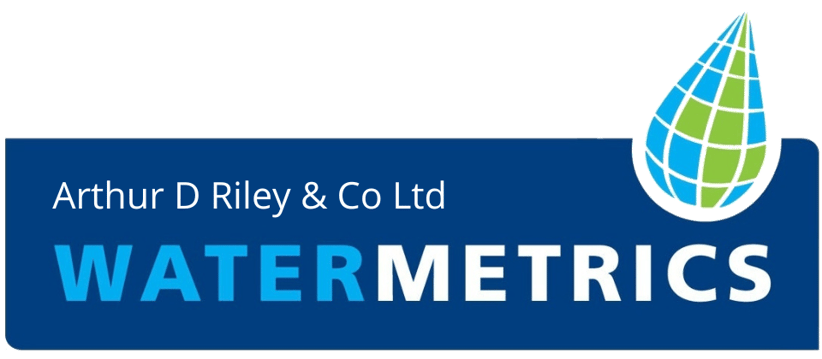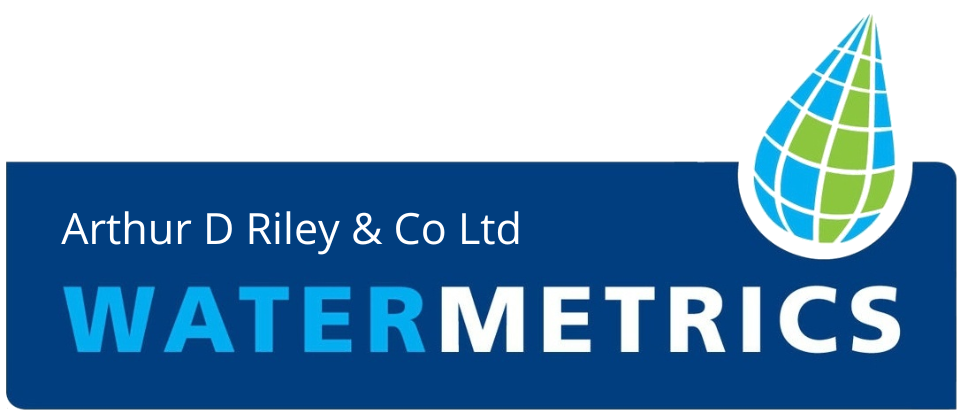Farmers used to be able to rely on their experience and intuition to drive results. Today, success is found in having the best technology and information. An example of this technology is Watermetric’s soil moisture sensors that equip farmers with the best information to make decisions. Using these sensors to improve irrigation practices will have a positive impact on both productivity and water efficiency.
Irrigation NZ indicate that current irrigation efficiency can be improved by as much as 20%, and urges farmers to develop validated irrigation practices and become water-wise. Furthermore, regional authorities have been mandating farmers to store as much as 80% of applied irrigation in the soil and allow only 20% of irrigation as drainage. However, in both instances farmers have been given no tools to measure irrigation-drainage, nor were any practices recommended to prevent this drainage.
Irrigation inefficiency is greatest during the ‘peak season’ where there is substantial irrigation drainage, mostly due to untimely irrigations (e.g. irrigation on previously wet soil or irrigation immediately preceding a rainfall event). Many farmers use a ‘just-in-case’ approach where irrigators are applied whenever supply is available, even if it isn’t needed. Few farmers use the highly more efficient ‘just-in-time’ approach, where irrigation is scheduled based on water demand, rather than supply.
Field capacity is the amount of soil moisture held in the soil after excess water has drained away. When soil is at field capacity, conditions are excellent for plants. The addition of water above field capacity wastes water, causes nitrate leaching, and depletes the soil of valuable nutrients while also contaminating the groundwater with pesticides and fertilizers. It can also drive oxygen out of the soil, suffocating the roots. This is what happens when farmers over-irrigate and use a ‘just-in-time’ approach.
On the other hand, as soil dries out from field capacity, a point is reached where plants have difficulty drawing water from the soil and experience stress. This lower limit is called the stress point. The proper moisture zone for healthy plants is between Field Capacity and the Stress Point, however, without sensor technology farmers are left guessing their soil’s moisture.
Watermetric’s soil moisture sensors provides farmers with the information required to find both the Field Capacity and Stress points and ultimately gives them the tools to implement proactive irrigation management.
Our farmers tell us that the rich descriptive data Watermetrics provides “is very useful in Spring and Autumn as it tells us when to consider starting and finishing irrigating and whether to change our irrigation schedule because of rainfall”.
Not only does this reduce water drainage and nutrient losses but it saves farmers money and results in increased farm productivity.
Read more about our soil moisture solutions here. We would love to talk about how we can help you improve your irrigation practices.




